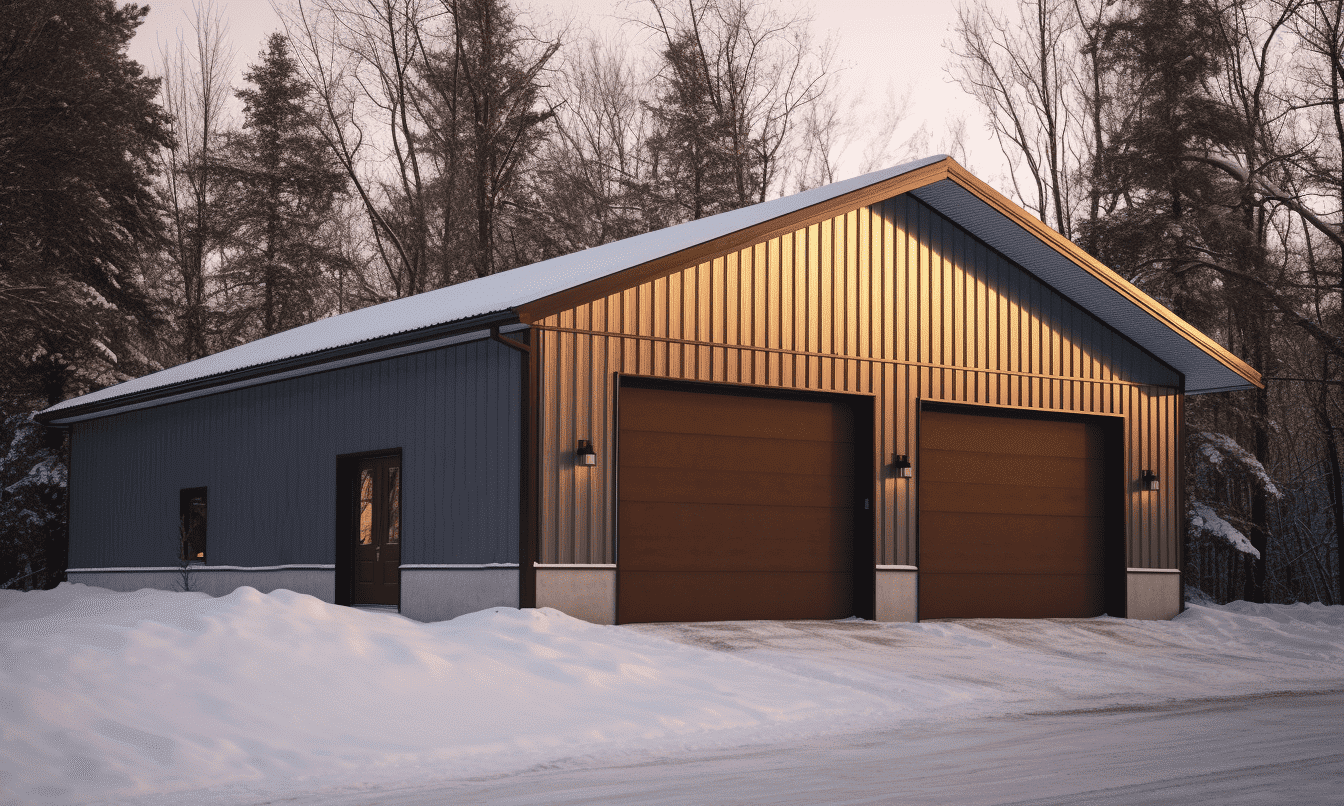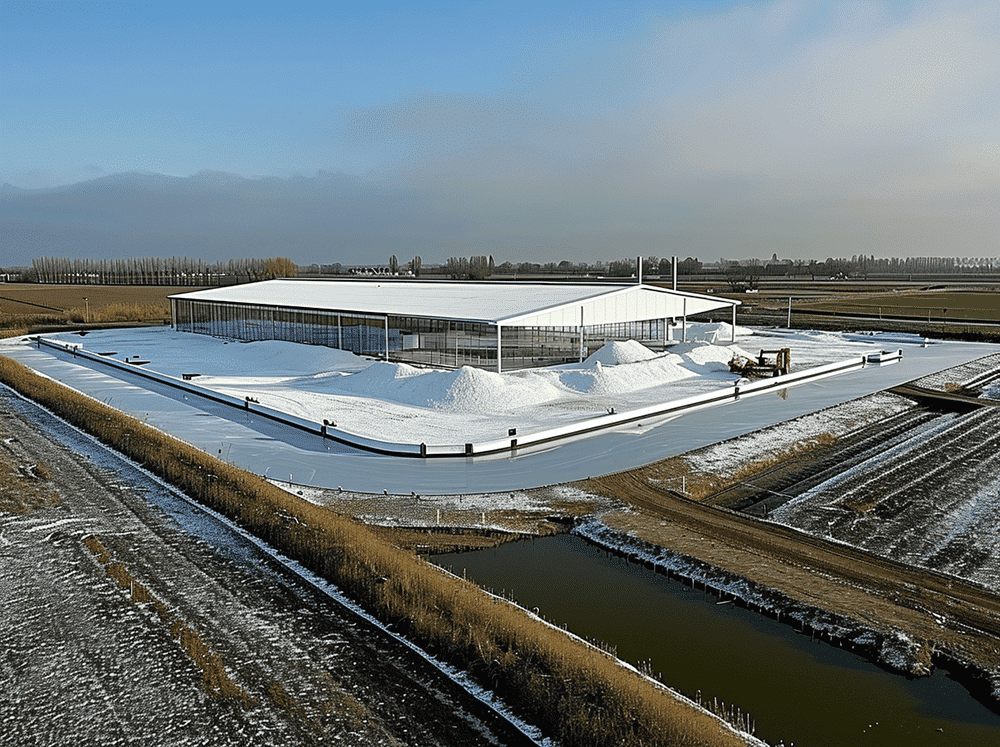Creating a realistic project budget for your construction venture can feel like navigating a maze blindfolded. The path is full of unexpected twists and turns, where each bend in the road could lead to either contingency overshoot or financial salvation. For those planning to construct a metal building or similar infrastructure, understanding the importance of a thorough and approachable budgeting plan is critical.
In this guide, we’ll take a deep dive into this complex process while focusing on the elements necessary for crafting a realistic project budget. Gather your bearings, and let’s chart the course together!
Understanding the Fundamentals of Project Budgeting
The first requirement for establishing a realistic project budget is understanding the myriad of factors at play. It’s not just about estimating the price tag on materials or labor—it’s about envisioning every possible cost scenario and planning for budgetary risks.
One useful approach is learning from the pros. Canada Mortgage and Housing Corporation – Creating a Realistic Project Budget provides substantial insights into developing a comprehensive budget that accounts for all variables, whether you’re renovating a home or constructing a new steel building.
Essential Components of a Realistic Project Budget
Begin with a solid foundation by dividing your budget into distinct categories. Each of these serves as a building block towards a fully integrated financial strategy. Here are the essential components you need to consider:
1. **Material Costs**: Understanding Construction project costs is crucial. Materials can fluctuate in price based on quality, location, and market trends.
2. **Labor Expenses**: Whether hiring directly or contracting out, labor costs can comprise a significant portion of your budget.
3. **Permits and Inspections**: Ensure you allocate resources for the often overlooked but essential permits and inspections required for your specific project.
4. **Unexpected Contingencies**: Budgeting an additional 10-20% for unforeseen costs can be a safety net against surprises.
5. **Design and Planning**: The brainpower behind your project, from architects to engineers, carries a price tag that should be planned for diligently.
Strategies for Accurate Cost Estimations
Creating a realistic project budget means predicting the unpredictable. Estimations are not purely about mathematics—they’re also about understanding the market trends and leveraging available resources. Consider consulting a Cost Estimation Guide for Steel Buildings to explore tried-and-true methods for steel-specific applications.
Market Analysis: Knowing When to Strike
The construction market, much like any industry, fluctuates based on supply and demand. Keenly observing market trends can save money or alternatively, suggest the best period to commence your project to get the most value for your spend.

Secure Competitive Bids
Do not underestimate the power of competitive bidding. Seeking multiple quotes from suppliers and contractors can open up opportunities to negotiate better deals or discover cost-effective alternatives without sacrificing quality.
Home Renovation vs New Construction: Budgeting Considerations
When considering if your project aligns more with a renovation or a new build, understanding the specific budgeting strategies for each is essential. The Home renovation budgeting principles are tailored to work within existing structures, involving potential complications like structural integrity and updating to code, which are generally less prevalent in new builds.
Adapting Your Budget to Client Needs
Whether it’s a high-end luxury steel garage or a functional commercial space, keeping client needs at the forefront ensures your budget is not just realistic but also tailored. Personalization can drive costs up but will also ensure satisfaction and project success.

Using Technology to Your Advantage
Modern technology offers many tools to streamline the budgeting process. Digital collaboration platforms and budgeting software can help keep all stakeholders on the same page and provide real-time updates, helping avoid miscommunications that might otherwise lead to cost overruns.
Conclusion: Wrapping Up Your Budgeting Blueprint
Creating a realistic project budget is as much an art as it is a science. By approaching your construction budget with a strategic mindset—one that accounts for market understanding, involves all necessary stakeholders, and keeps contingency plans at the ready—you can enjoy the process as much as the ultimate successful build.
Consult resources like the Cost Estimation Guide for Steel Buildings whenever possible to arm yourself with knowledge that could mean the difference between hitting your budget goals or reaching for extra funding.
In the end, a robust budget isn’t just numbers on a page—it’s the backbone of your project’s roadmap, guiding you safely towards an on-time completion that’s within financial constraints. Keep your goals clear, your plans flexible, and your pencil sharpened; this is a project where every line counts.









